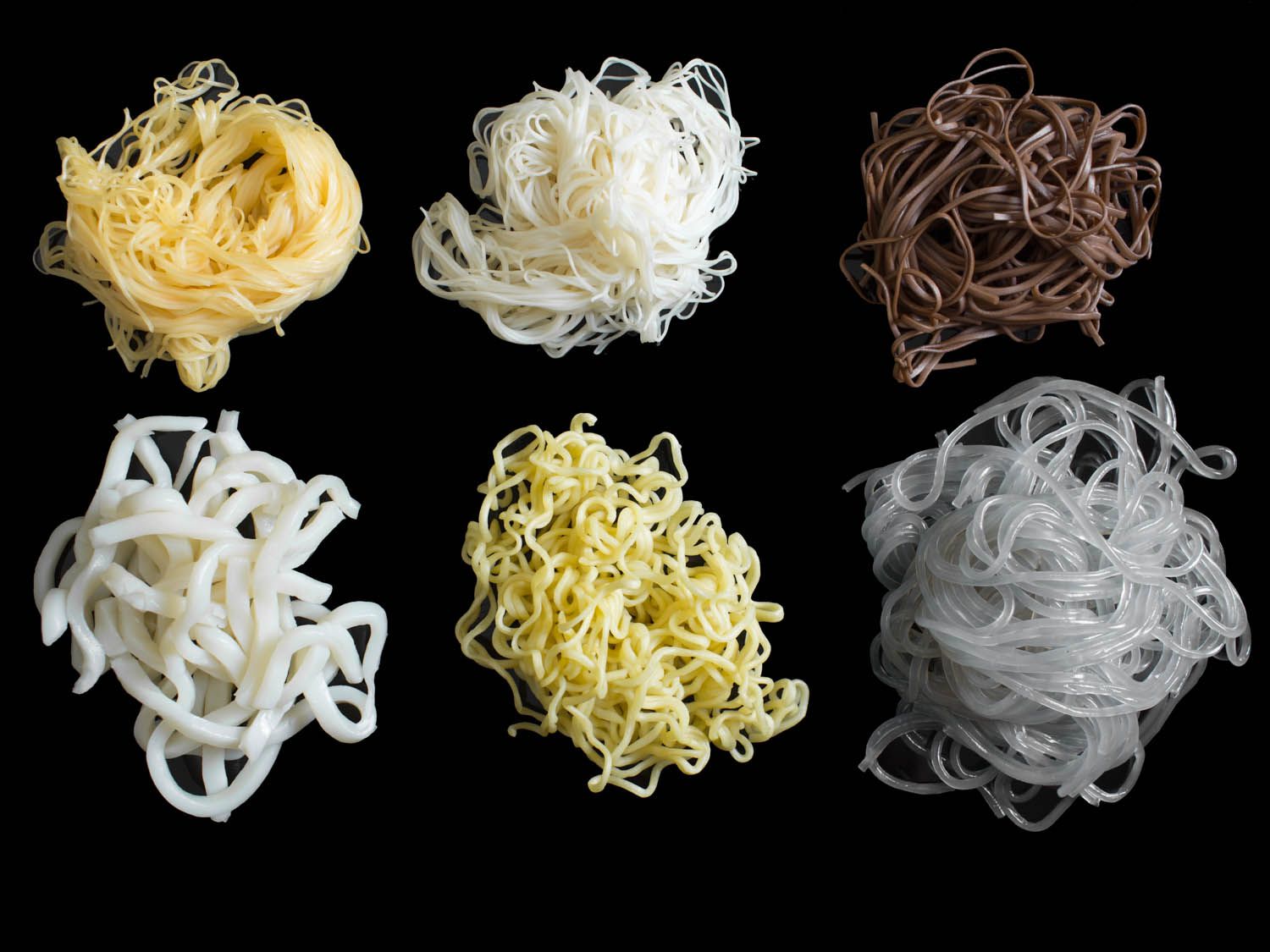Italian pasta and Chinese noodles are both beloved dishes with a long history and numerous varieties. Italian pasta, which dates back to ancient Rome, is made from wheat flour, eggs, and water and is boiled or baked. Chinese noodles, with a history of more than 3000 years, are made from wheat, rice, or other flours and are prepared by boiling, frying, or stir-frying. Both dishes have cultural significance and are enjoyed worldwide. Italian pasta is a symbol of family and tradition while Chinese noodles are a symbol of prosperity and good fortune. Despite their differences, both dishes offer a delicious and satisfying meal.
Italian Pasta vs. Chinese Noodles: A Comparative Study of Two Classic Dishes
Introduction
Italian pasta and Chinese noodles are two of the most popular and beloved dishes in the world. They both have a long history and have evolved into numerous varieties and flavors. Despite having similarities in appearance and preparation, there are significant differences between the two. In this article, we will compare and contrast Italian pasta and Chinese noodles and explore their cultural significance, ingredients, preparation methods, and taste.
Cultural Significance
Italian pasta dates back to ancient Rome and is now a staple food in Italian cuisine. It is an integral part of Italian culture and has gained worldwide recognition for its diversity and delicious taste. Italy has over 300 different types of pasta, and each region in Italy has its own unique way of preparing it. Pasta is enjoyed by people of all ages and is a symbol of family, tradition, and celebration.
Chinese noodles, on the other hand, are a fundamental component of Chinese cuisine and have a history of more than 3000 years. Noodles are an essential part of Chinese culture and are considered to bring luck and longevity. Chinese cuisine has about 400 different types of noodles, and each region in China has its own distinct type of noodle. Noodles are enjoyed on special occasions, such as birthdays and weddings, and are a symbol of prosperity and good fortune.
Ingredients
Italian pasta is made from wheat flour, eggs, and water. The type of flour, the ratio of eggs to flour, and the shape of the pasta will vary depending on the dish being prepared. Generally, pasta is made with durum wheat semolina, which gives it a firm texture and a yellow color. Eggs are added to pasta dough to make it richer and give it a more vibrant color.
Chinese noodles are made from wheat, rice, or other flours. The type of flour used will determine the texture and color of the noodle. Wheat noodles are the most common, and they are either made with or without eggs. Rice noodles are thinner and are made from rice flour and water. Chinese noodles are often flavored with seasonings, such as soy sauce or sesame oil, to give them a distinctive taste.
Preparation Methods
Italian pasta is typically boiled or baked. The boiling method is the most common and involves cooking the pasta in a large pot of salted water until it is al dente, meaning it has a firm texture. The baked method involves layering pasta with cheese, sauce, and other ingredients in a casserole dish and baking it in the oven until it is golden brown and bubbly.
Chinese noodles are prepared by boiling, frying, or stir-frying. Boiled noodles are cooked in a pot of boiling water until they are tender. Fried noodles are deep-fried in oil until they are crispy and golden brown. Stir-fried noodles are mixed with a variety of ingredients, such as meat, vegetables, and sauces, in a wok or frying pan to create a flavorful dish.
Taste
Italian pasta has a firm texture and a slightly nutty flavor. The taste of the dish is largely determined by the sauce and other ingredients used. Some popular Italian pasta dishes include spaghetti carbonara, lasagna, and fettuccine alfredo.
Chinese noodles have a wide range of flavor profiles, from sweet and savory to spicy and sour. The texture of the noodle will also vary depending on how it is prepared. Some popular Chinese noodle dishes include chow mein, lo mein, and dan dan noodles.
Conclusion
Italian pasta and Chinese noodles are two classic dishes that have a lot in common but also significant differences. Both are cultural staples that have a long history and are enjoyed worldwide. Italian pasta is made from wheat flour, eggs, and water and is typically boiled or baked. Chinese noodles are made from wheat, rice, or other flours and are prepared by boiling, frying, or stir-frying. Despite their differences, both dishes offer a delicious and satisfying meal that will leave you feeling satisfied and content.
